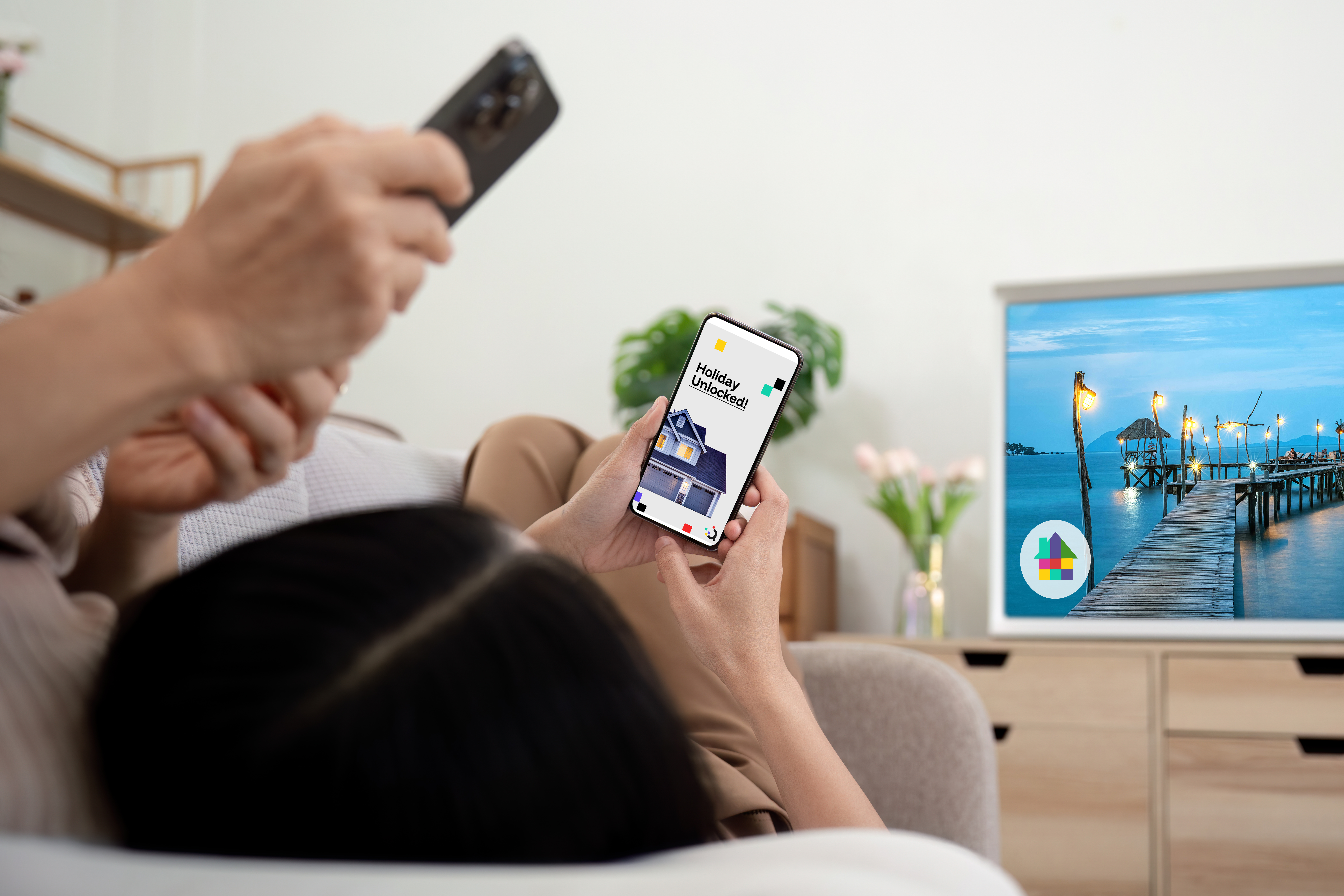Beyond Voting: Exploring Diverse Interactive TV Formats
The conversation around interactive television often centers on voting. While viewer polls and on-screen voting are certainly engaging, they represent just the tip of the iceberg. Interactive TV has the potential to be so much more, offering a rich tapestry of experiences that can truly reignite the flame of viewer engagement. It's time to move beyond simple polls and explore the diverse formats that can transform passive viewing into active participation.
Why Move Beyond Voting?
Voting, while familiar, can become repetitive and predictable. To truly captivate audiences in today's fragmented media landscape, we need to offer more dynamic and personalized interactions. Think about the immersive experiences we've come to expect in gaming and online content. That same level of interactivity can be brought to the living room through innovative TV formats.
A Spectrum of Interactive Possibilities
Here are just a few examples of the exciting possibilities beyond traditional voting:
- Quizzes and Trivia: Test viewer knowledge related to the program content. These can be lighthearted and fun, or more educational and challenging, depending on the target audience. Leaderboards and real-time feedback can add a competitive edge. Platforms can integrate with quiz platforms and manage the real-time data flow, displaying results seamlessly on screen.
- Personalized Content Recommendations: Imagine a cooking show where viewers can tap a button to instantly access the recipe for the dish being prepared, or a drama where viewers can choose a character's backstory to explore in more detail. Interactive TV can offer personalized content experiences tailored to individual preferences. Data analytics can track viewer interactions and preferences, enabling content creators to deliver more relevant and personalized experiences.
- Choose-Your-Own-Adventure Narratives: Give viewers agency in shaping the story. By making choices at key moments, viewers can influence the plot and experience different outcomes. This format is particularly compelling for dramas, comedies, and even reality TV. Platforms can manage the branching narratives and viewer choices, ensuring a smooth and engaging interactive experience.
- Real-Time Feedback Mechanisms: Allow viewers to provide instant feedback on the program content. This can be used to gauge audience reactions, identify popular segments, and even influence the direction of future episodes. Real-time polling and feedback tools can be integrated directly into broadcasts, providing instant insights into viewer sentiment.
- Integrated E-commerce Opportunities: Make it easy for viewers to purchase products featured in the show. Imagine seeing a character wearing a stylish jacket and being able to instantly click to buy it online. This creates a seamless bridge between entertainment and commerce. Platforms can integrate with e-commerce platforms, enabling viewers to purchase products directly through their TV screens.
- Augmented Reality (AR) Interactions: Bring the TV experience into the viewer's living room with AR. Viewers could interact with virtual characters, objects, or environments overlaid on their screens, creating a truly immersive and engaging experience. While AR integration is still evolving, flexible platforms can be adapted to incorporate AR experiences as they become more prevalent in the interactive TV landscape.
The Technical Landscape
Implementing these diverse interactive formats requires robust technical infrastructure. Platforms need to support two-way communication, data processing, and seamless integration with broadcast or streaming signals. The rise of smart TVs and connected devices is making this increasingly feasible. Furthermore, advancements in technologies like HbbTV (Hybrid Broadcast Broadband TV) provide standardized frameworks for delivering interactive content. Platforms are emerging to simplify this complex landscape, offering unified solutions that handle the technical complexities, allowing content creators to focus on developing engaging interactive experiences.
Looking Ahead
The future of television is interactive. By moving beyond simple voting and embracing a wider range of interactive formats, we can create viewing experiences that are more engaging, personalized, and ultimately more valuable for both viewers and content creators. The key is to experiment, innovate, and understand the unique needs and preferences of the target audience. The possibilities are virtually limitless, and with the development of accessible platforms, they are becoming increasingly attainable.
You May Also Like
These Related Stories
.png)
How to Collect Audience Data from Linear TV: A Broadcaster’s Guide for 2025

How to Make TV Ads Interactive in 2025: A Playbook for Broadcasters & Brands


